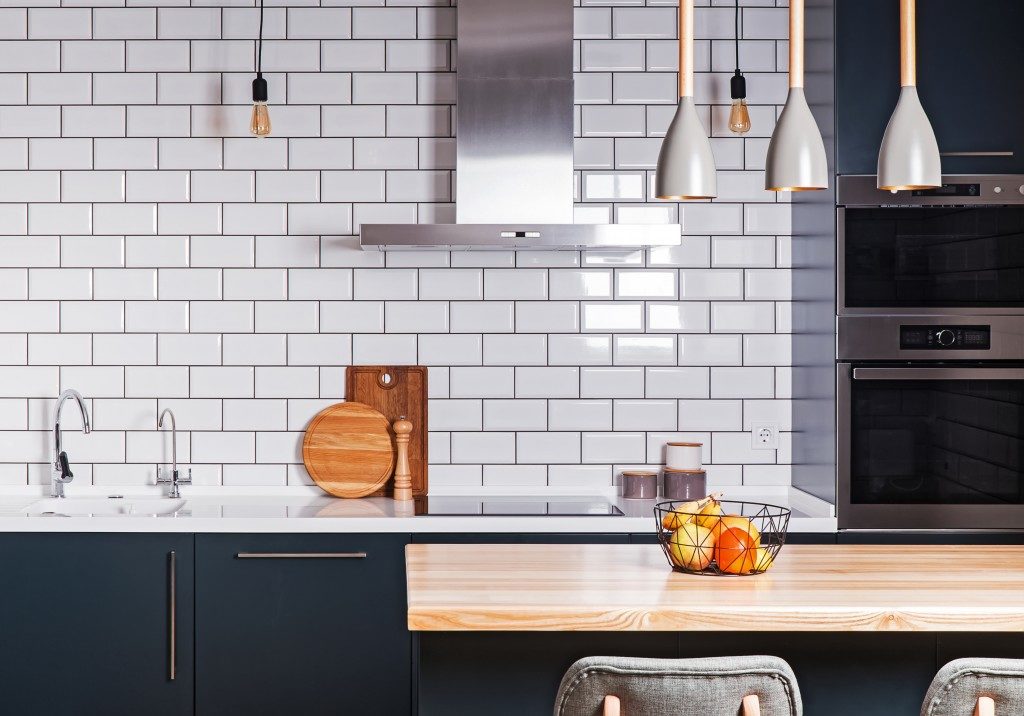Studies show that one out of six Americans gets sick with food poisoning each year. In line with this, the government continues to develop policies to regulate the food supply and foodservice industries. In particular, the US Food and Drug Administration (FDA) has published the Food Code, to be used as a reference by all levels of government in regulating their respective foodservice industries. The Food Code outlines the standards, practices, and procedures of safe food-handling to prevent foodborne illnesses.
Restaurant managers and owners play a significant role in effectively implementing these standards on the industry-level. In addition to hiring commercial cleaning services once or twice a year, daily upkeep is the secret to keep your kitchen clean and sanitary.
Here’s how you can prevent various food hazards from spreading and contaminating your food:
Practice Good Personal Hygiene
In most cases, foodborne diseases are caused by microorganisms spread by people who handle food. As such, it’s imperative to stress the importance of personal hygiene and proper grooming to your staff. Likewise, frequent handwashing is a vital part of food handling and safety. The Food Code advises food employees to wash their hands, including exposed parts of their arms, for at least 20 seconds using a cleaning compound and in a designated handwashing sink. This should be done before engaging in food preparation and after participating in any activity that contaminates the hands.
Clean and Sanitize Food Contact Surfaces, Utensils, and Equipment

Unsanitary facilities and equipment may help spread harmful microorganisms, especially when they come in direct contact with food. These can also attract disease-carrying insects such as flies, roaches, and mice, which can contaminate everything in your workspace. It is important to practice effective dishwashing and sanitizing procedures to ensure that all your kitchen essentials are free from dirt and food residue. The general rule of thumb is to clean surfaces and utensils after each use and sanitize them before use. Kitchen equipment may be quite tedious to clean as some are intended to be dissembled for cleaning. Nonetheless, it’s best to wash them every 24 hours per the manufacturer’s instructions.
Observe Proper Food Storage
Temperature is a crucial factor in food storage. Bacteria multiply most rapidly in the “danger zone” of food—between 40 and 140°F. As such, it’s necessary to set refrigerators to maintain a temperature of 40°F and below. While most fridges have a built-in thermometer, it’s also good to keep an appliance thermometer at hand to measure internal temperature accurately. Proper food storage also helps prevent cross-contamination. For instance, storing raw meat, seafood, and poultry in sealed containers prevent juice and odor from contaminating other foods. Also, it’s essential to keep your refrigerator clean at all times. So wipe up spills immediately and remember the recommended storage time for refrigerated food. When cleaning and eliminating odor, as much as possible, stick to natural cleaning agents like water, baking soda, and vinegar.
Ultimately, the key to observing the proper and effective implementation of these practices is to follow a daily cleaning schedule strictly. This way, you can divide the tasks equally among your staff, monitor their progress, and make sure that no corner is left out. Once cleaning and sanitation become an integral part of your daily operations, it will just be something that your staff can accomplish on autopilot.

